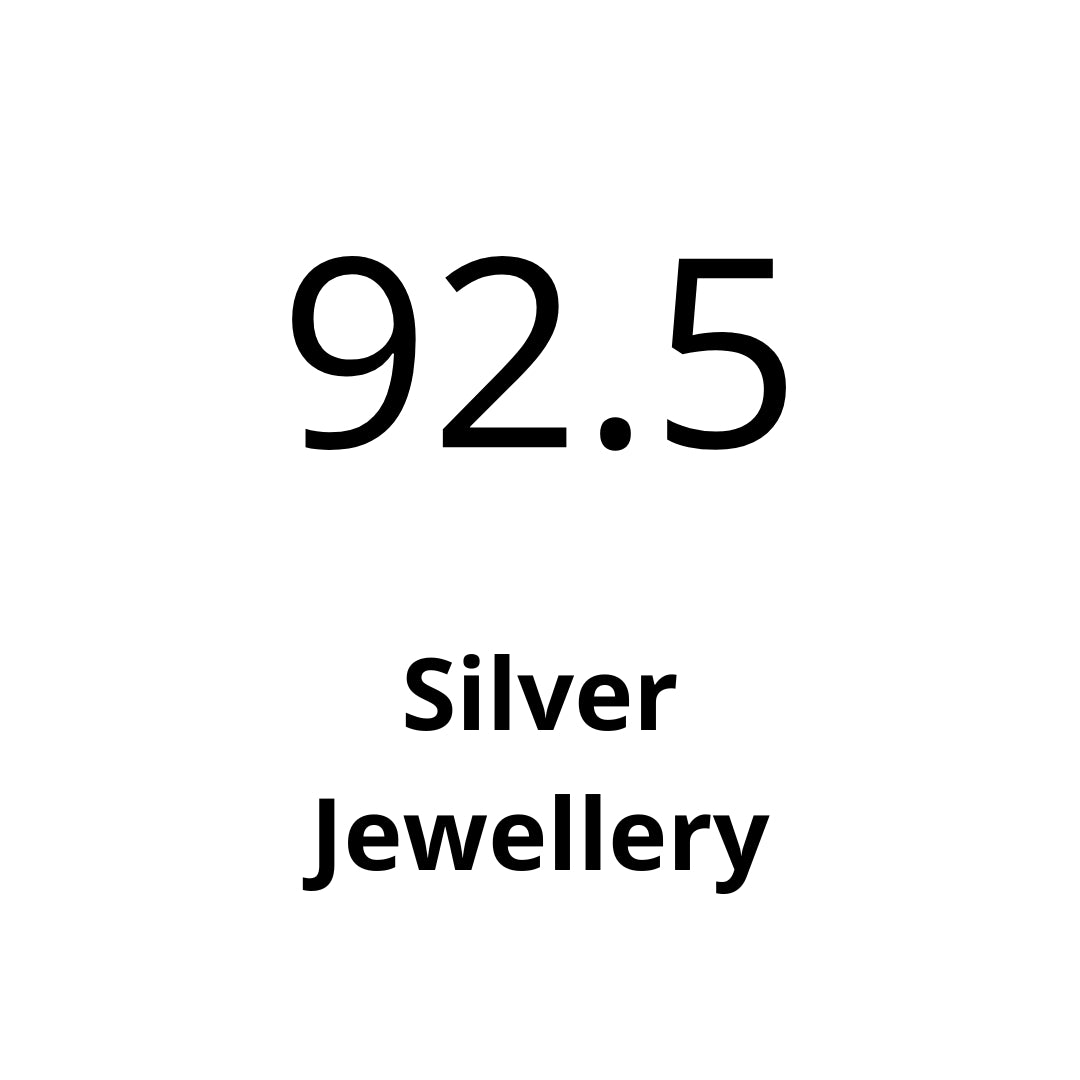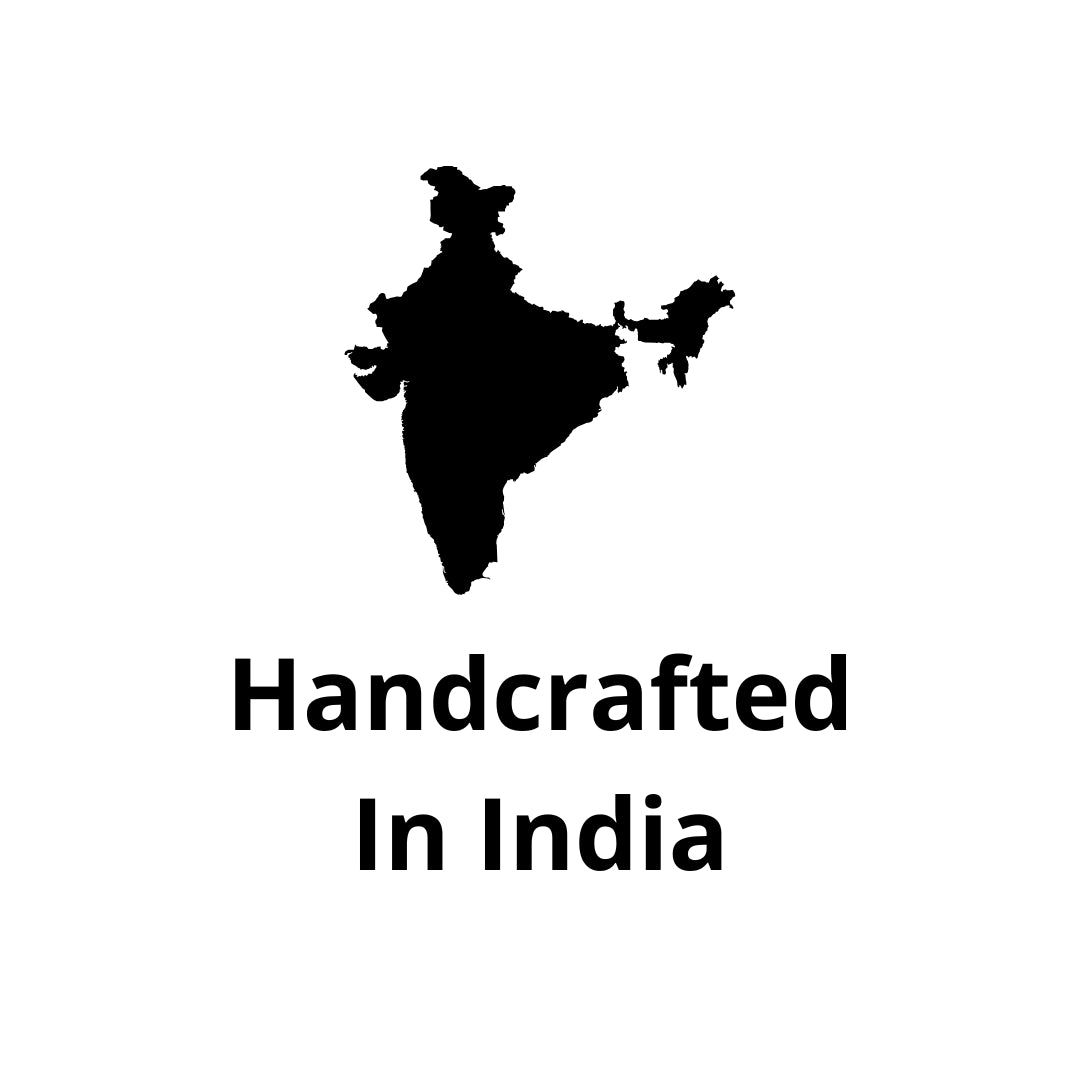
Pearl-fection: Exploring the Various Types of Pearl Jewellery
Pearl jewellery is a timeless classic that exudes elegance and sophistication. From simple studs to lavish necklaces, there are several types of pearl jewellery that suit every occasion. Whether you prefer freshwater pearls or Akoya pearls, white or black, round or baroque, there's no denying the beauty of these natural gems. In this article, we'll explore the different types of pearl jewellery available and help you choose the perfect piece for your collection. So, if you're a fashion-conscious woman who appreciates handmade silver jewellery, read on to discover the world of pearl jewellery.
What is the history behind pearl jewellery?
Pearl jewellery has a rich history dating back to ancient civilizations, where they were highly prized and considered a symbol of wealth and power. The first recorded instance of pearl jewellery dates back to around 420 BC when the Persian Queen, Achaemenes, was buried with a pearl necklace.

Pearls were also highly valued in ancient Rome, where they were worn as a symbol of status and were associated with the goddess Venus. The Romans believed that pearls were the tears of the gods and that they held magical powers.
In the Middle Ages, pearls continued to be a symbol of wealth and power and were worn by royalty and nobility. They were also used as embellishments on religious objects such as crucifixes and rosaries.
In the 18th and 19th centuries, pearls became increasingly popular among the upper classes and were often incorporated into elaborate jewellery designs. Pearls were also used to decorate clothing, shoes, and accessories.
Freshwater and saltwater pearls? Are these the two main types of pearls?
Yes, that's right! Pearls come in two main types – freshwater and saltwater pearls - so called because of their origin and the environmental conditions in which they are formed.
Freshwater pearls are formed in freshwater mussels that live in rivers, lakes and ponds. These pearls can be found in a range of colors, including white, pink, lavender, and peach. Freshwater pearls are usually smaller in size, and their shapes are often asymmetrical. They are also more affordable than saltwater pearls.
On the other hand, saltwater pearls are formed in oysters that live in the ocean. Saltwater pearls come in a variety of shapes and colors, but they are usually larger than freshwater pearls. They are also more expensive due to their rarity, luster, and overall quality.
Another significant difference between freshwater and saltwater pearls is that saltwater pearls are often considered higher quality because they have a thicker nacre layer. Nacre is the substance that forms around the irritant that has entered the mollusk and is responsible for the pearl's luster and durability.
In summary, the main differences between freshwater and saltwater pearls are their origin, size, shape, color, and price point. While freshwater pearls are more affordable and come in a variety of colors, saltwater pearls are rarer, larger, and higher quality due to their thicker nacre layer.
Here are some commonly-used terms for describing different types of pearl jewellery:
- Freshwater pearls: These pearls are grown in freshwater mussels and are available in various shapes and sizes. They are usually less expensive than other types of pearls and are commonly used in necklaces, bracelets, and earrings.
- Akoya pearls: Akoya pearls are grown in saltwater and are usually smaller in size than other types of pearls. They are known for their high lustre and are often used in classic pearl necklaces and stud earrings.
- South Sea pearls: These pearls are among the largest and most valuable pearls in the world. They are grown in the warm waters of the South Pacific and are available in a range of colours, from white to golden hues.
- Tahitian pearls: Tahitian pearls are grown in the black-lipped oyster and are known for their dark colours, ranging from black to grey and green. They are often used in statement necklaces and earrings.
- Baroque pearls: These pearls have irregular shapes and are often used in unique and creative jewellery designs. They can be freshwater or saltwater pearls and are available in a range of colours. Baroque pearls are natural pearls that are irregularly shaped, unlike the perfectly round pearls that most people are familiar with. These pearls can come in a variety of shapes and sizes, including teardrop, oval, and button shapes, and can add a unique and interesting touch to any piece of jewellery.
- Manmade pearls are created in a laboratory using a variety of techniques. These pearls are often made from materials such as glass, ceramic, or plastic, and can be shaped and coloured to resemble natural pearls. While manmade pearls may not have the same value or beauty as natural pearls, they can be a more affordable and accessible option for those who still want the look of pearls in their jewellery.
What are the different types of pearl jewellery available?
Pearls are timeless and classic, making them a popular choice for jewellery. There are various types of pearl jewellery available, ranging from simple and delicate pieces to bold and statement-making designs. Here are some of the different types of pearl jewellery you can choose from:
- Pearl necklaces: Pearl necklaces are probably the most popular form of pearl jewellery. They come in a variety of lengths, styles, and colours, ranging from simple single strand necklaces to more elaborate multi-strand and choker styles.
- Pearl earrings: Pearl earrings are an elegant and timeless addition to any jewellery collection. They come in different styles such as studs, hoops, and drops, and can be worn with both casual and formal outfits.
- Pearl bracelets: Pearl bracelets are a delicate and feminine accessory that can add a touch of elegance to any outfit. They can come in a variety of styles, including bangles and cuffs, and can be paired with other bracelets for a stacked look.
- Pearl rings: Pearl rings are a classic and timeless piece of jewellery that can be worn with any outfit. They come in various styles such as solitaire, cluster, and cocktail, and can be set in different metals like gold, silver, or platinum.
- Pearl pendants: Pearl pendants are a beautiful way to showcase a single pearl or a cluster of pearls. They can be worn alone or layered with other necklaces for a fashionable look.
In addition to the various types of pearl jewellery, there
What is the most popular type of pearl jewellery?
When it comes to pearl jewellery, there is one type that stands out as the most popular: the classic pearl necklace. This timeless piece has been a symbol of elegance and sophistication for decades, and it's not hard to see why. A string of perfectly matched pearls can instantly elevate any outfit and add a touch of glamour to your look.

But while the classic pearl necklace may be the most iconic piece, there are plenty of other types of pearl jewellery that are also in high demand. Pearl stud earrings, for example, are a versatile and understated choice that can be worn with anything from casual jeans to a formal gown. Pearl bracelets and rings are also popular choices for those looking to add a touch of luxury to their accessories collection.
No matter what type of pearl jewellery you choose, the key is to look for high-quality pearls that have been carefully selected and strung by skilled artisans. Handmade silver jewellery is often a great choice, as it pairs beautifully with pearls and adds an extra touch of craftsmanship to the piece. With the right pearl jewellery in your collection, you can add a touch of timeless elegance to any outfit.
What metals are usually used to make pearl jewellery?
The most commonly used metals to make pearl jewellery are silver and gold. Both metals complement the delicate and luminescent beauty of pearls. Silver is a popular choice because it has a clean, modern look that complements any style of pearl. Gold, on the other hand, is a classic choice that can add warmth and luxury to pearl jewellery. Both metals can be crafted into intricate designs, adding further elegance to the already stunning pearl. Ultimately, the choice of metal ultimately depends on personal taste and the desired overall look of the jewellery piece.
How can I tell a real pearl from a fake one?
If you're looking to buy a pearl, it is essential to know how to distinguish between a real and fake one. Here are some tips that can help you:
- Look at the surface of the pearl: Real pearls have a lustrous, smooth surface, while fake ones have a surface that looks dull and grainy.
- Check for imperfections: Real pearls have small imperfections or blemishes on their surface, whereas fake pearls are usually perfect and without any flaws.
- Examine the pearl's shape: Real pearls have a rounded and irregular shape, while fake ones are often perfectly round or uniform in shape.
- Observe the pearl's weight: Real pearls are heavier than fake ones, so if the pearl feels lightweight, it's probably fake.
- Check the drill holes: Real pearls have tiny, jagged edges around the drill holes, while fake pearls have smooth edges.
- Perform the tooth test: Rub the pearl gently against your teeth. If it feels gritty, it's probably real. If it feels smooth, it's likely fake.
By following these tips, you can easily identify whether a pearl is real or fake. Remember that real pearls are unique and come in different shapes, sizes, and colors, while fake ones are often too perfect to be true.
What is the best way to care for pearl jewellery?
Pearl jewellery is a timeless classic that adds an elegant touch to any wardrobe. However, pearls are delicate and require special care to maintain their lustre and beauty. Here are some tips on how to care for your pearl jewellery:
- Avoid contact with chemicals: Pearls are sensitive to chemicals, including perfume, hairspray, and makeup. These substances can damage the surface of the pearl and cause discolouration or loss of lustre. It is best to apply your cosmetics before putting on your pearl jewellery.
- Clean with a soft cloth: After wearing your pearl jewellery, gently wipe it with a soft cloth to remove any dirt or oils. Do not use harsh chemicals or abrasive materials to clean your pearls, as this can damage the surface.
- Store properly: Pearls are sensitive to extreme temperatures and humidity. To prevent damage, store your pearl jewellery in a cool, dry place, away from direct sunlight. You can also store your pearls in a soft pouch or a jewellery box lined with a soft fabric.
- Wear often: Pearls need to be worn regularly to maintain their lustre. The natural oils from your skin can help keep your pearls looking their best.
- Have them professionally cleaned: If your pearl jewellery becomes heavily soiled or loses its lustre, it may be time to have it professionally cleaned. A jeweller can clean your pearls safely and restore their beauty.
When it comes to caring for your pearl jewellery, whether it be natural or manmade, the same rules apply. Always avoid exposing your pearls to chemicals, clean them gently with a soft cloth, store them properly, wear them often, and have them professionally cleaned when necessary. With proper care, your pearl jewellery can continue to add timeless elegance to your style for years to come. The beauty and elegance of these gems are undeniable. Take good care of your pearl jewellery and it will shine bright for years to come, adding a touch of classic sophistication to any outfit.








5 comments
This post offers a great overview of different types of pearl jewellery and their characteristics. The content is very well structured and helpful for readers who want to make an informed choice when buying pearls. Really enjoyed reading this!”
https://www.krishnapearlsandjewellers.com/
Krishna Pearls and Jewellers
a href=“https://www.google.com”>Giana
Giana
Thanks for sharing.
<a href="https://www.google.com">Giana</a>
Thanks for sharing this helpful resource! I’ve bookmarked it for future reference. In the spirit of mutual growth and learning, I would be honored if you could take a moment to visit my website at,
Best Jewellery Shop in Coimbatore
Swamy Jewellery
an informative blog on types of pearls and pearl jewellery including how to take care of your pearl jewellery.
Thanks
Poonam Malik
Leave a comment
This site is protected by hCaptcha and the hCaptcha Privacy Policy and Terms of Service apply.